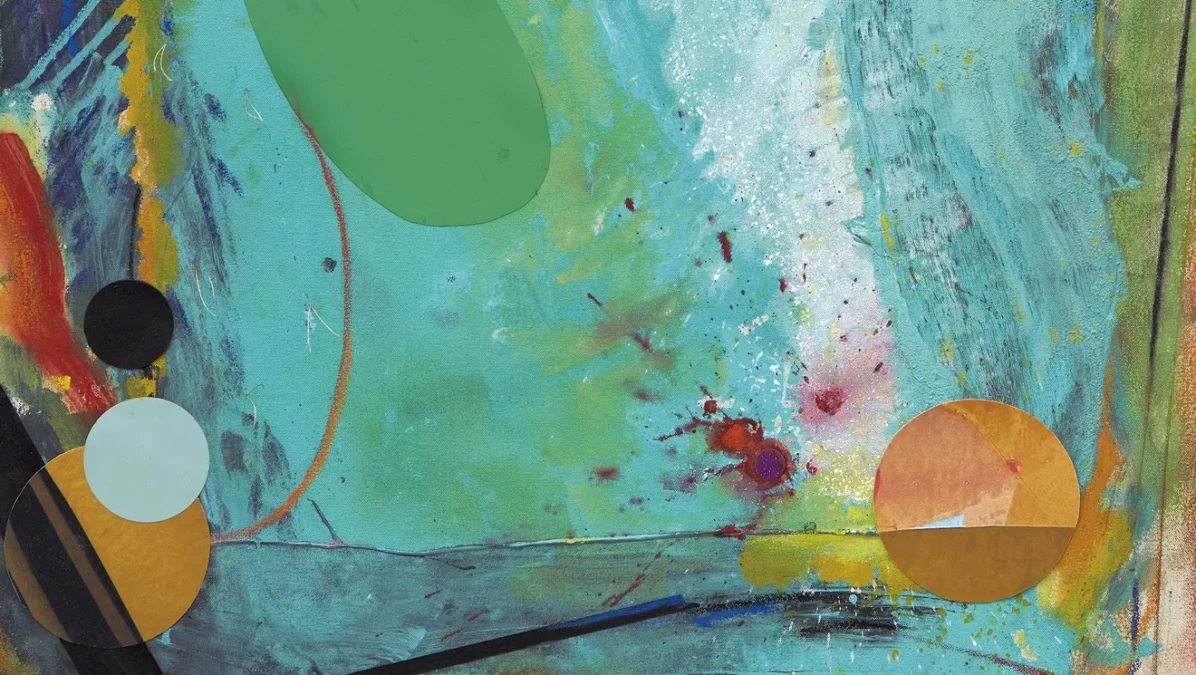President Donald Trump has reinstated a travel ban from his first term, prohibiting citizens from 12 countries from entering the U.S. This move prompts reflection on the ideological underpinnings of migration and its historical context, particularly referencing forced migration during the transatlantic slave trade. The exhibition “Infinite Passage” features works by Guyanese-born artist Carl E. Hazlewood at the Brattleboro Museum & Art Center.
Cocurated by Serubiri Moses and K. Anthony Jones, the show showcases Hazlewood’s vibrant abstract paintings and installations made from diverse materials such as tape and metallic thread. These artworks transport viewers to the Caribbean, influenced by Hazlewood’s childhood in Guyana and experiences with illness. His early love for drawing, despite vision challenges, shaped his perception of the world and informs his artistic practice.
Hazlewood’s “BlackHead” series intertwines themes of racial identity and historical trauma, referencing the massacre of Black individuals in Virginia. His works speak to a broader Black cultural diaspora and resonate with Anansi, a trickster figure in African folklore, representing survival and resourcefulness. The piece “BlackHead Anansi Her Slow Dance” exemplifies Hazlewood’s innovative approach, using everyday materials to create movement and rhythm.
His site-specific installation, “Citadel for Anansi,” incorporates utilitarian rugs and tar paper, forming a backdrop that evokes a sense of transit, ultimately reflecting on the ephemeral nature of life and art. Hazlewood emphasizes the connections formed through migration, viewing them as a web of experiences and relationships that span the globe, echoing Anansi’s ability to weave stories from fleeting sources. This thematic exploration underscores the significance of migration and the cultural narratives it fosters.


